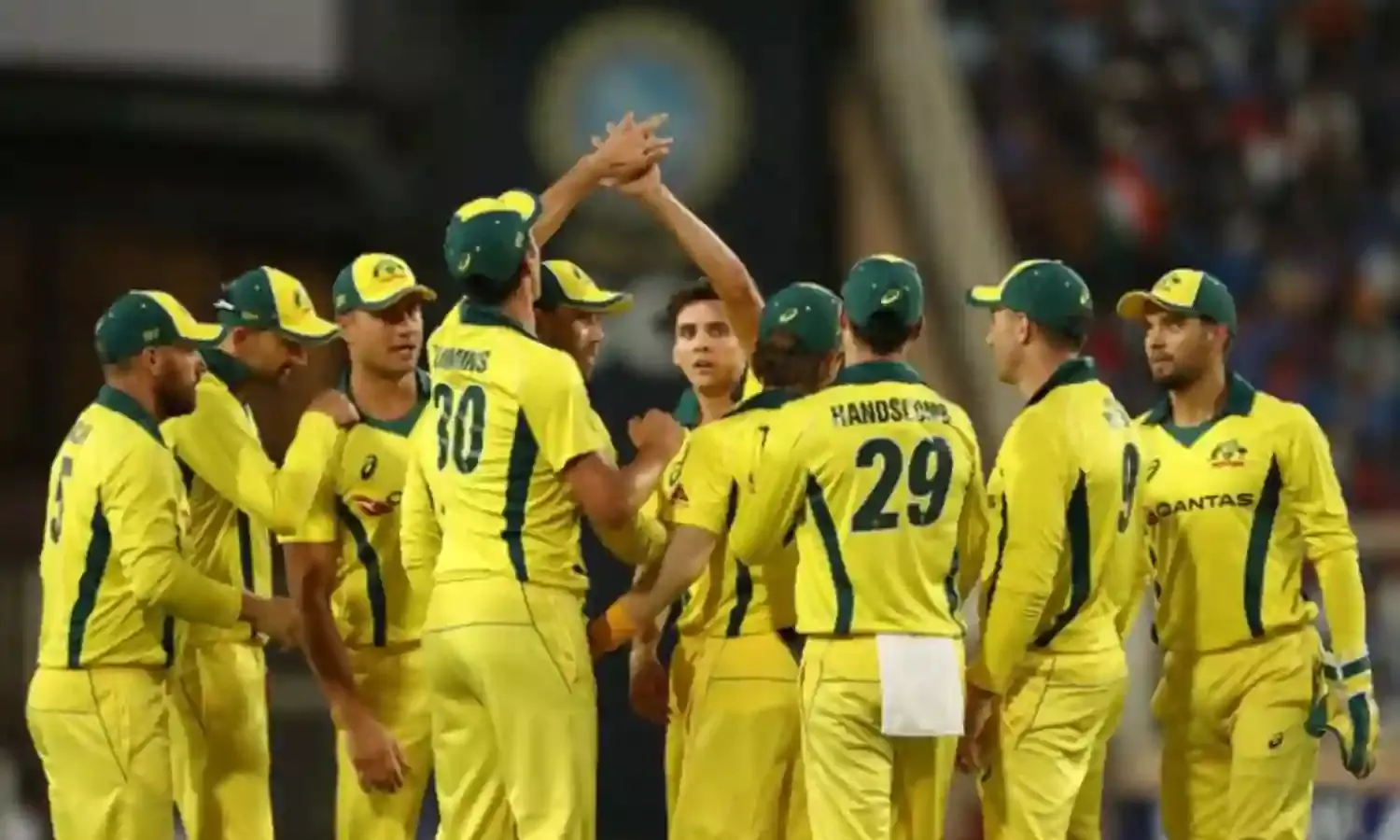How the Troika of Khawaja, Zampa and Cummins Trumped India
Good players defy the conditions

Australia, before the start of the ODI series in India, were never given a chance against one of the top two ODI teams in the world. But they chose to remain silent. They were compared to babies pitted against the mighty Indians. Then also they remained silent. The first two ODIs, in Hyderabad and Nagpur, resulted in India taking a 2-0 lead. Another ignominious series loss was on the cards for the Aussies, again they remained silent.
With so much to lose, the Australian team stayed silent because they wanted to answer on the field. And answer they did, with their stupendous effort catching the hosts completely off guard.
The Kangaroos staged a tremendous fightback to clinch the five-match series 3-2, defeating India in the final match in Delhi by 37 runs. In so doing, they scripted only the fifth such success story in the history of ODI cricket, winning a series after being 0-2 down.
Who were the heroes of this success? Here we take a look at how the three performers helped Australia come on top when their backs were against the wall and talks of a whitewash were doing the rounds.
Usman Khawaja, since he became the first Muslim cricketer to represent Australia, was touted to be the one who would thrive on subcontinental dustbowls. But the story turned out to be completely different. Before the start of this series, Khawaja averaged just 28.26 for his 537 runs from 20 innings across the three formats in Asia.
But all that changed in the recently concluded five-match series. A total of 383 runs from five innings at an average of 76.60 - the highest ever for Khawaja in an ODI series and second highest ever by an Australian.
His scores for the series read 50, 38, 104, 91 and 100. These were the innings responsible for the totals Team Australia managed throughout the series - three of them match winning.
Khawaja’s strategy against the spinners was brilliant. Nimble footwork, creamed drives, and reverse sweeps were employed at will to milk out runs from the Indian tweakers, who for once didn’t have any answer to his unexpected assault. Befittingly, he was awarded the prestigious Man of the Series award.
Zampa spins a web around the Indians
How often do you hear of an overseas spinner who befuddled Indian batsmen on Indian tracks? Given the spin prowess of Indian batsmen such an achievement takes extreme skill and control. Notwithstanding his prodigious spinning skill, with Adam Zampa some control issues always remained, with him generously offering freebies every now and then. Prior to this series, Zampa’s record in India was a meagre 4 wickets from 3 games coming at an extravagant economy of almost 7 runs an over. He averaged a whopping 47 runs per wicket in India.
But he turned that all around in the series - with 11 wickets from 5 games coming at an average of 25.82 and at an economy of 5.68 runs an over.
A considerable improvement - and just to underline the importance of these numbers, they were better than Kuldeep Yadav’s return with the ball this series. Yadav, India’s main spinner for the series, went for more than six runs an over for his 10 wickets from 5 games, coming at an average of 30.2.
Zampa recorded his best-ever wickets tally in an ODI series and was the unsung hero of the Australian triumph.
Cummins’ strong show continues
Pat Cummins was the sole shining light in Australia’s annihilation at the hands of the touring Indians in the summer Test series. He bowled with a lot of heart and was the series’ best Australian pacer. He showed that he is fitter than ever now and his body can handle the rigours of long-form cricket. With a similar red-hot showing in the Sri Lanka Tests which his team won comfortably, Cummins stepped onto Indian soil with his confidence justifiably sky high.
That confidence helped make him the leading wicket-taker in this series. 14 wickets from 5 games at an average of 15.71 runs apiece. These numbers reflect the sheer quality of his bowling, which more often than not provided good starts with the ball for his team.
Cummins was equally impressive bowling in any phase of the opposition innings, as can be gauged from his impressive economy of just 4.65 runs per over. This series serves as his coming of age in ODI games. It was the best wicket tally he has ever achieved, and his best bowling average in any ODI series he’s played.
To win a series in India, without the services of David Warner and Steve Smith, is a huge statement by the young Australian team. It leaves the hosts with some pondering to do, if they want to lift their third World Cup trophy in June. The stepping-up of players like Khawaja, Zampa and Cummins, with solid support from Peter Handscomb, Jhye Richardson and Ashton Turner, shows that Australia remain a side to watch out for in the coming World Cup.
As for India, it’ll be good to do some thinking and revision, before the big Test in June.



